Some trends need to die—and your garden might be full of them. The gravel overload. The obsession with monochrome. That weird succulent phase. Let’s be honest: not everything “trendy” should survive the season. But some garden choices? They never go out of style. Think lush borders, smart pruning, and plants that actually belong in your zone. These are the choices that make neighbors jealous and dinner guests swoon. So, what’s getting the boot this year—and what’s worth keeping forever? Let’s dig into the dirt and find out.
Vertical Gardens
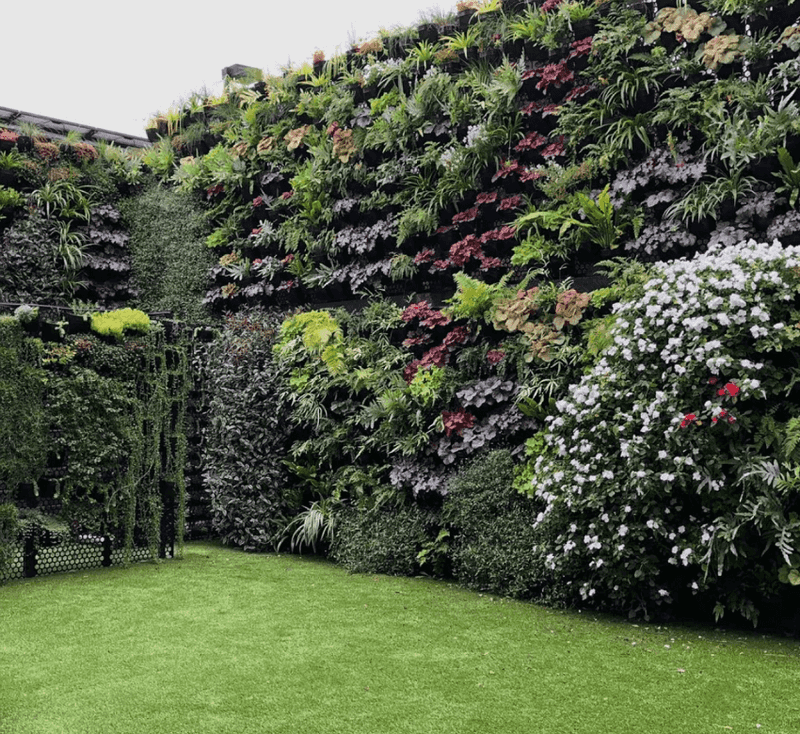
Vertical gardens, once hailed as the future of urban gardening, are becoming less popular. They require constant maintenance and are often not as space-saving as initially thought. Many urban gardeners find themselves overwhelmed by the upkeep required to keep plants thriving in a vertical setup. While they offer innovative use of space, the practicality often falls short of expectations. Moreover, watering systems can be complex and costly. As the novelty wears off, many are returning to more traditional forms of container gardening that offer easier management and flexibility.
Artificial Grass

Artificial grass promised a low-maintenance solution for lush lawns, but the reality is less appealing. It often looks unnatural and can become unbearably hot in the sun. Environmental concerns about plastic use and disposal are also driving gardeners away. While it eliminates mowing, it doesn’t support local ecosystems and lacks the sensory experience of real grass. Many homeowners are now opting for native and drought-resistant plants that offer natural beauty with minimal care. This shift not only enhances the garden’s aesthetics but also supports local wildlife.
Garden Gnomes

Garden gnomes, once charming little guardians of the landscape, are fading into the realm of kitsch. Their whimsical appeal is now overshadowed by a preference for more minimalist and natural adornments. While they add a touch of nostalgia, their once-endearing presence is now often seen as clutter. As gardeners lean towards sleek design, the gnome’s days in the garden seem numbered. Plant sculptures or simple, elegant stones are now favored, aligning with contemporary tastes for understated elegance and harmony with nature.
Over-the-Top Water Features
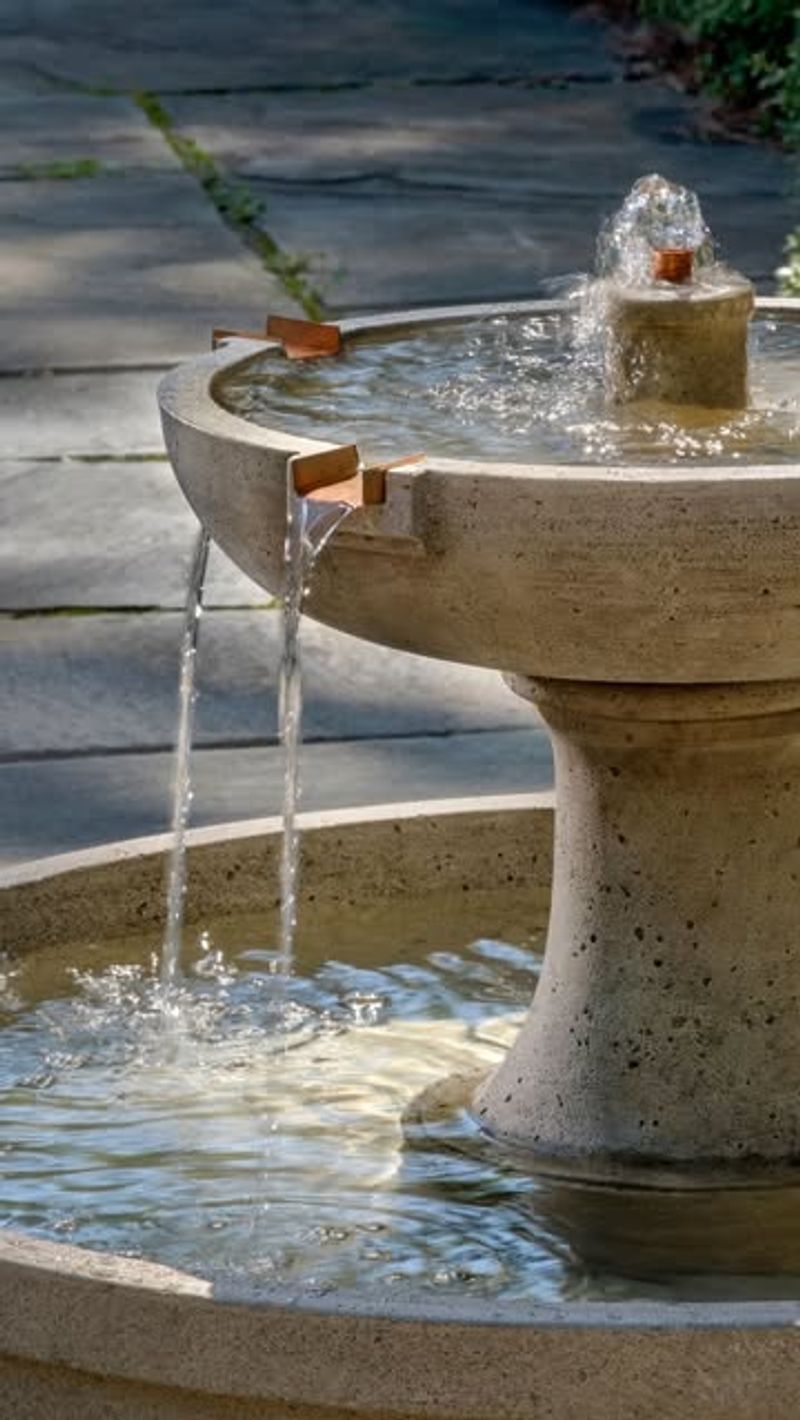
Elaborate water features that once symbolized luxury are now seen as extravagant and unnecessary. They require significant maintenance and can lead to high water bills. The opulence of massive fountains is giving way to simpler, more sustainable designs like small ponds or birdbaths. These features attract wildlife without overwhelming the garden’s space. The shift towards eco-friendly gardening encourages water conservation and biodiversity, aligning with a broader movement towards sustainability and mindful gardening practices.
Monoculture Lawns

Monoculture lawns, once the hallmark of suburban pride, are now under scrutiny. They require high water usage and chemical inputs to maintain their uniform appearance. This approach is fading as more gardeners embrace biodiversity, incorporating a mix of grasses and plants that require less intervention. These mixed plantings not only look more interesting but also provide habitats for pollinators and other beneficial insects. The trend is shifting towards creating resilient, eco-friendly spaces that are both beautiful and sustainable.
Formal Gardens

Formal gardens, with their rigid symmetry and strict lines, are losing favor to more organic designs. While once a symbol of order and elegance, they often require intensive labor to maintain. Today’s gardeners prefer a more relaxed, natural aesthetic that allows plants to grow in harmony with their surroundings. This style not only reduces maintenance but also fosters a sense of tranquility and connection to nature. The shift reflects a broader desire for sustainable, low-maintenance landscapes that celebrate natural beauty.
Plastic Planters
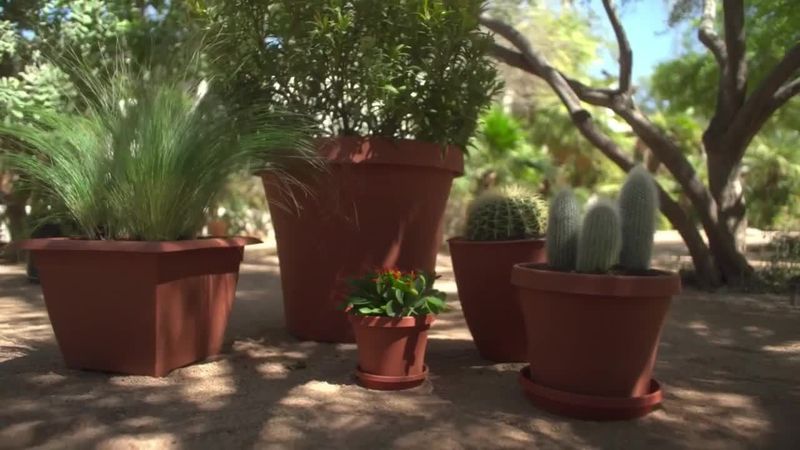
Plastic planters, once celebrated for their lightweight and colorful versatility, are now being reconsidered. Concerns about plastic waste and environmental impact have prompted many to switch to more sustainable materials. Terracotta, ceramic, and recycled metal options are increasingly popular, offering durability and aesthetic appeal. These alternatives not only reduce plastic use but also enhance the garden’s visual harmony. The move towards eco-friendly gardening reflects a growing awareness of our environmental footprint and a desire to create gardens that support sustainability.
Native Plantings
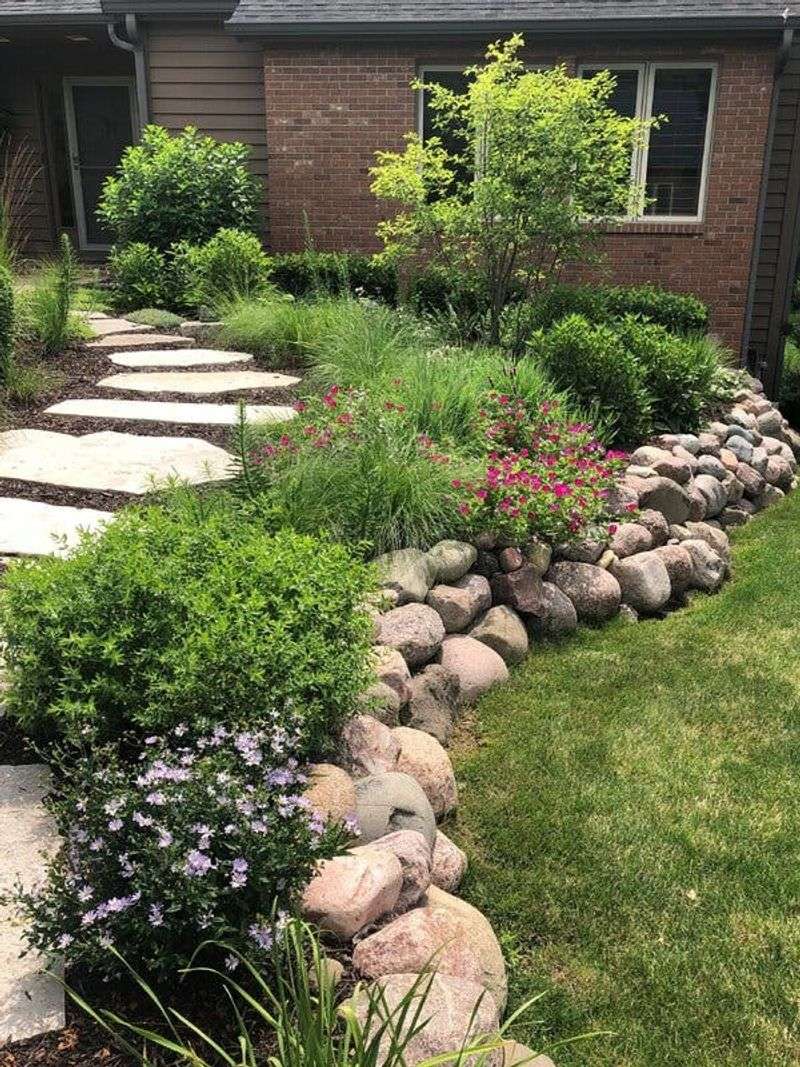
Choosing native plants is a timeless tip for any gardener. They are well-suited to local climates, requiring less water and care to thrive. Native plantings support local wildlife and contribute to a balanced ecosystem. By incorporating these plants, gardeners can enjoy a vibrant and resilient garden that changes beautifully with the seasons. This approach not only reduces effort but also enhances biodiversity and environmental health. It’s a win-win for those looking to cultivate gardens that are both visually stunning and ecologically sound.
Composting
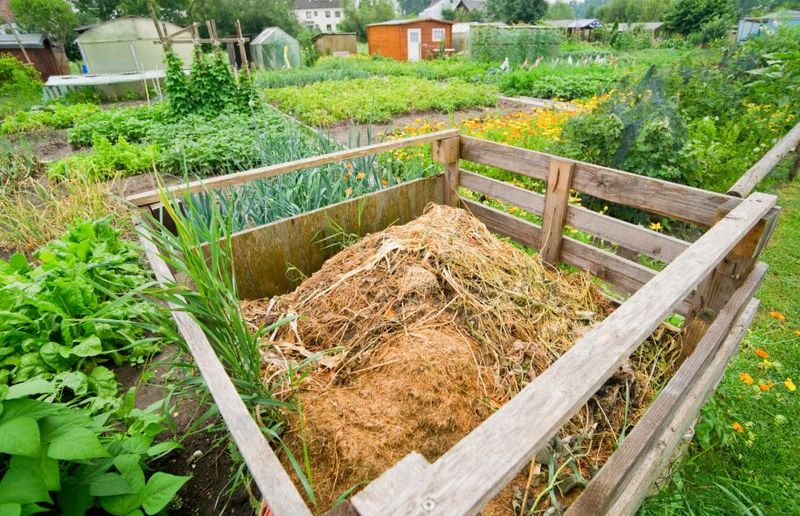
Composting remains an essential practice for sustainable gardening. It turns kitchen scraps and garden waste into nutrient-rich soil, reducing landfill waste and enhancing soil health. Gardeners can create their own compost with minimal effort, providing a free and organic way to nourish plants. This timeless practice not only supports plant growth but also connects gardeners to the natural cycle of growth and decay. It’s an eco-friendly tip that continues to impress, ensuring lush, healthy gardens without chemical fertilizers.
Rainwater Harvesting

Harvesting rainwater is an age-old technique that remains relevant. Collecting rainwater reduces reliance on municipal water supplies and provides a natural source for irrigation. Simple systems can be set up with barrels to collect runoff from roofs, offering an eco-friendly solution for conserving water. This practice not only saves money but also supports sustainable gardening. Rainwater is often free of chemicals found in tap water, making it an ideal choice for nurturing plants naturally. It’s a smart, effective way to align gardening practices with environmental stewardship.
Companion Planting
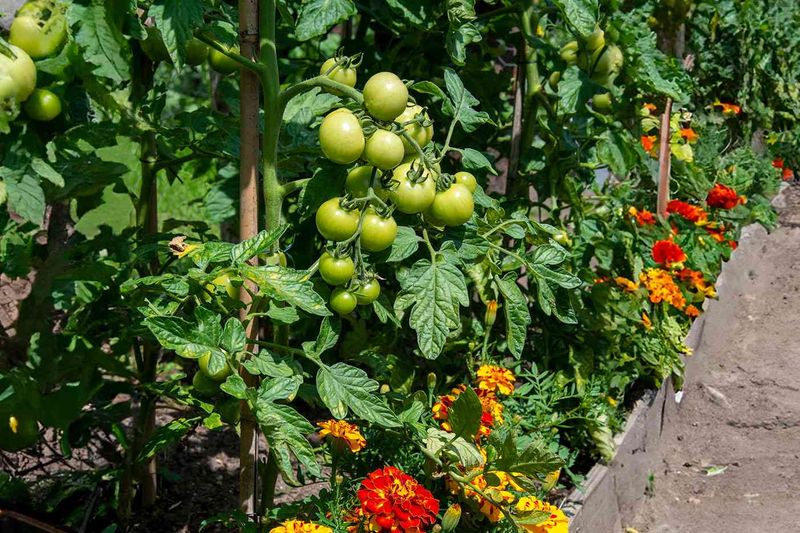
Companion planting is a strategy that has stood the test of time. By planting certain species together, gardeners can enhance growth and deter pests naturally. This method promotes biodiversity and can improve soil health. For instance, pairing tomatoes with basil can boost both plants’ flavors while protecting them from harmful insects. This age-old practice continues to impress as it encourages natural relationships between plants, reducing the need for chemical interventions. It’s a thoughtful approach to gardening that results in healthier, more productive plants.
Mulching
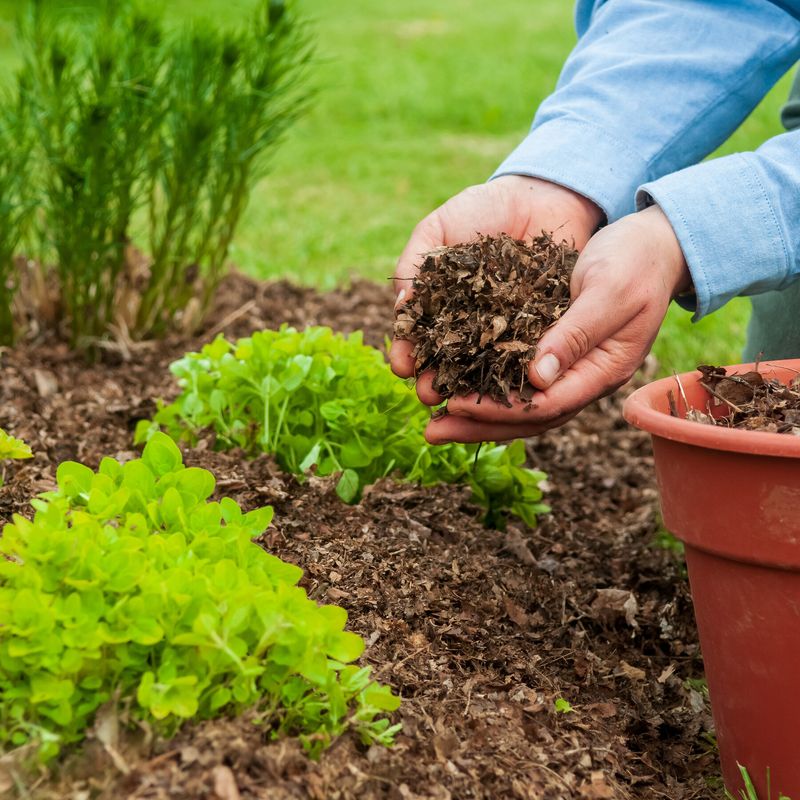
Mulching is a simple yet effective practice that consistently delivers results. A layer of mulch helps retain moisture, suppress weeds, and enrich the soil as it breaks down. Gardeners can use organic materials like wood chips, straw, or leaves to cover beds, creating a protective barrier. This method reduces watering needs and promotes healthy plant growth. It’s a timeless tip that supports sustainable gardening by minimizing water usage and enhancing soil quality. Mulching remains a favorite among gardeners for its practicality and tangible benefits.
Crop Rotation
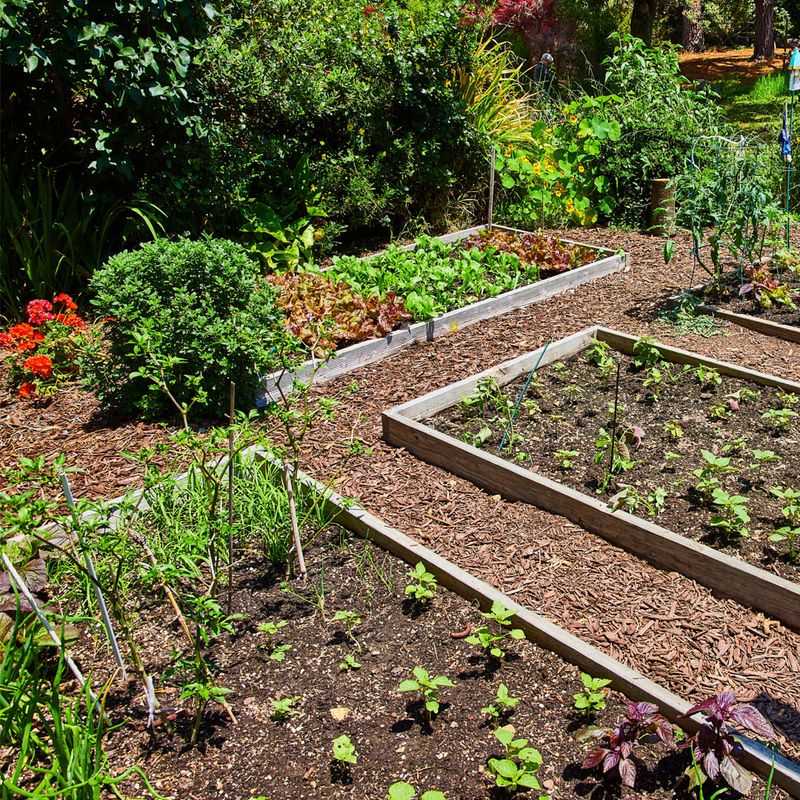
Crop rotation is a vital gardening technique that prevents soil depletion and reduces pest buildup. By rotating different plant families in a growing area, soil fertility is maintained, and diseases are kept at bay. This method encourages a balanced ecosystem and fosters healthier crops. Gardeners who practice crop rotation enjoy bountiful harvests and thriving gardens year after year. It’s a classic tip that aligns with ecological principles, ensuring soil remains fertile and productive. Crop rotation is indispensable for anyone committed to sustainable and successful gardening.
Herb Gardens

Herb gardens never go out of style. They offer more than just culinary delight; growing herbs can be a sensory experience and a practical addition to any garden. Fresh herbs enhance meals and provide aromatic pleasure. Whether planted in dedicated beds or mixed with flowers, herbs require little space and care. Their adaptability makes them ideal for gardeners of all levels. Cultivating an herb garden is not only rewarding but also contributes to sustainable living, as fresh herbs are always at hand, reducing the need for store-bought alternatives.

